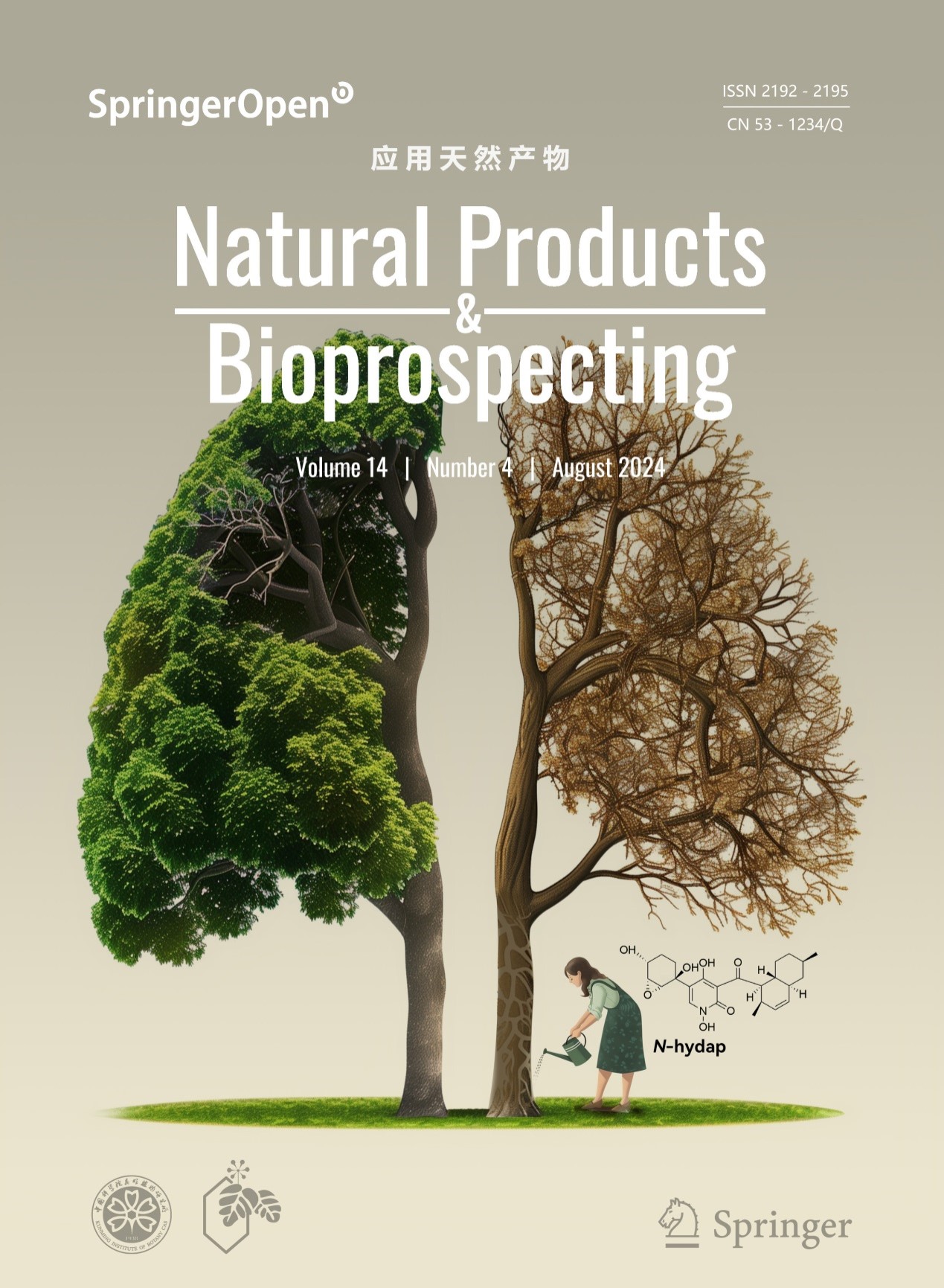
A 4-hydroxy-2-pyridone alkaloid, N-hydap, was isolated from a sponge-derived fungus Arthrinium arundinis ZSDS1-F3. The research team led by Lan Tang and Junfeng Wang sheds light the metabolic characteristics and pharmacokinetic behavior of N-hydap as a candidate compound for the treatment of small cell lung cancer with a sensitive and reliable UPLC-MS/MS method. N-hydap exhibited metabolic instability in various microsomes, with the main metabolic pathway being glucuronidation, where UGT1A3 was identified as the primary enzyme involved in this process. Further studies demonstrated that N-hydap had a promising oral bioavailability of 24.0%. Additionally, N-hydap showed favorable distribution in the lungs (26.26%), and normal doses of N-hydap did not produce significant toxicity in mice. These findings provide valuable insights for future investigations into the lung cancer treatment.
https://link.springer.com/article/10.1007/s13659-024-00455-x
Read More: Natural Products and Bioprospecting
(Editor:YANG Mei)




